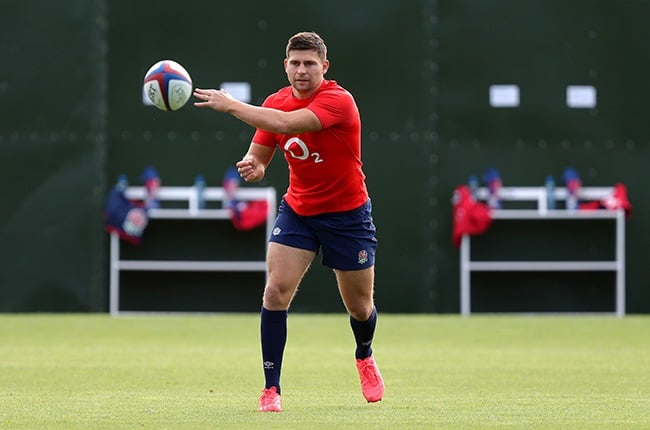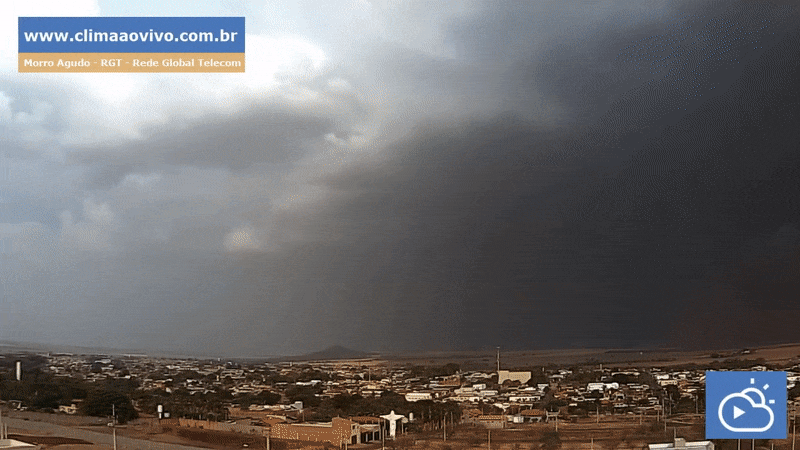When Tonya Zerkle, a mom in Cincinnati, Ohio, found out that Ontario, Canada was vaccinating any children who turn 12 by the end of the year, she wasted no time. After confirming with Canadian officials that her American 11-year-old was eligible and checking with border authorities on requirements to visit, she and her family headed for the border on a Sunday morning in late August for one dose of the Pfizer vaccine and one poutine lunch on the way back.
“If I have a way to protect my kid, I’m going to take it,” says Zerkle, who has worried about her daughter attending a school where masks are only optional. “But the irony was not lost on me that I was literally crossing the border to do something to protect my child.” She also recognizes that she’s fortunate. “Not a lot of families might be able to do this,” she adds.
Plenty of parents have already lied about their preteen’s age to get a COVID vaccine before the U.S. Food and Drug Administration authorizes one for children under age 12. Millions of other parents across the country continue to wake up each day with the same question: “When will a vaccine for kids be available?”
The answer is “really soon,” says Kawsar Talaat of Johns Hopkins University, a principal investigator for the Pfizer vaccine clinical trials in children from six months to 11 years old. In a press release on Monday, Pfizer shared preliminary data from its trial in 2,268 children aged five through 11, showing a “strong immune response” one month after the second dose that was on par with that observed in trial participants aged 16 through 25. The side effects in the children’s trial were also similar to those seen among young adults, the company reported. Pfizer has not yet released any data on the vaccine’s efficacy in preventing disease in this age group.
“People are working as hard as they can, as fast as they can to get this data out, and the FDA has promised to review it as quickly as possible. So will be here soon,” Talaat says.
“Soon” could be as early as the end of October or possibly early November, Scott Gottlieb, former commissioner of the FDA and a current Pfizer board member, told CNBC. The FDA released a statement on September 10 to address the mounting concerns and questions about the timetable for children’s vaccines. “Many of our team at the FDA are parents and grandparents themselves, and our team shares the same concerns as many in our country about protecting our loved ones from COVID-19,” said the statement, which was attributed to Acting FDA Commissioner Janet Woodcock and Peter Marks, director of the agency’s Center for Biologics Evaluation and Research.
The statement emphasized the need for “thorough and robust clinical trials” to assess the safety and immune response of the COVID-19 vaccine in a population that is still growing and developing. “Conducting clinical trials to determine an appropriate vaccine dose in children requires additional work over that done in the adult studies, including ensuring that the vaccine dosage and formulation strength used is the appropriate one from the perspective of safety and generating an immune response,” it said.
The FDA laid out the expectations for a vaccine authorization for children, including a requirement of a minimum of two months of follow-up safety monitoring in vaccine trials. After receiving data from the manufacturer, the FDA said it is “prepared to complete its review as quickly as possible, likely in a matter of weeks rather than months.”
According to Kit Longley, senior manager of science media relations at Pfizer, the company expects it will have enough data by late September to evaluate its vaccine’s safety and efficacy from the clinical trials in children aged five to 11. “Pending the data demonstrating safety and immunogenicity, and in agreement with regulators, we could potentially submit for a U.S. emergency use authorization (EUA) shortly after that,” Longley says.
For the nation’s largest group of pediatricians, however, that is not soon enough. A week and a half after the FDA asked Pfizer and Moderna to expand the size of their pediatric trials in late July, the American Academy of Pediatrics (AAP) sent a letter appealing to the FDA to consider an early authorization based on data gathered so far, given the skyrocketing pediatric hospitalizations during the surge of the novel coronavirus’s highly contagious Delta variant. “In our view, the rise of the Delta variant changes the risk-benefit analysis for authorizing vaccines in children,” the AAP letter read. It went on to say that “the FDA should strongly consider authorizing these vaccines for children ages 5-11 years based on data from the initial enrolled cohort.”
At the same time, however, the AAP has recognized the risk of vaccinating children before the FDA has issued an EUA for this age group and strongly discouraged physicians from administering the Pfizer vaccine—now fully approved for ages 16 and older—off-label to children under age 12. Although the organization still wants to see the FDA evaluate the data on five- to-11-year-olds collected by Pfizer to date as soon as possible, it does not want pediatricians acting without FDA guidance, particularly when those data are not publicly available.
The biggest problem with off-label vaccination of children under age 12 has been the lack of data regarding the appropriate dose, says Paul Offit, director of the Vaccine Education Center and a professor of pediatric infectious disease at Children’s Hospital of Philadelphia. (Pfizer finally revealed on Monday that the pediatric dose for ages five to 11 would be 10 micrograms—one third of what adults receive—but that dosage is not available to the public yet.) “If you give a larger dose to a small child, are you putting them at risk? It’s an unknown risk,” Offit says.
The FDA statement similarly noted that the doses for children younger than 12 are different than those already authorized for people age 12 and older, further emphasizing the need to wait for data from the trials to ensure the vaccine “doesn’t cause unexpected safety issues separate from those that have already been observed in adolescents and adults.”
Fortunately, no major safety concerns have been observed so far during the trials, Talaat says. But she also points out that some rarer safety events may not emerge until the vaccine is administered in a larger population. This was the case with rare instances of myocarditis—an inflammation of the heart muscle—in a very small percentage of adolescents who received either mRNA vaccine.
Evidence has since shown that myocarditis is more than five times more likely after a COVID infection than after vaccination, but concerns about the adverse event have still caused hesitation among some parents, according to Hina Talib, an associate professor of pediatrics at the Albert Einstein College of Medicine and an adolescent medicine specialist at the Children’s Hospital at Montefiore in New York City. But she has heard from even more parents who are desperate for the vaccine, especially if their children attend schools without mask requirements. “It’s so hard for me to look a parent in the eye who is sitting in front of me, who is feeling fear for the safety of their child, and say that [authorization] is just around the corner,” Talib says. “It’s just gut-wrenching. That feels too late, but the best thing to do is to lay eyes on this data, on the right doses, for safety, for trust, for the system to work as it should.”
She says parents are not wrong to worry that their children are not protected, so they should focus on what they can do to reduce risk. “If we can’t get vaccines into arms of five- to 11-year-olds, every other adult in the [school] building should be vaccinated,” Talib says. “If not, perhaps that’s negligence on all of our parts as adults to protect children.”
Data for children aged two through five “could arrive soon after” the data for those aged five to 11, Pfizer’s Longley says. And data for children aged six months to two years should be available before the end of the year, “followed by a potential submission to the U.S. FDA for an EUA shortly thereafter” as long as the regulators agree.
“That probably isn’t soon enough for many parents, but we need to make sure that all the I’s are dotted and the T’s are crossed,” Talaat says. “It’s really important that we get it right for our kids.”
ABOUT THE AUTHOR(S)
Tara Haelle is a Texas-based science journalist and author of Vaccination Investigation: The History and Science of Vaccines.
Note: This article have been indexed to our site. We do not claim legitimacy, ownership or copyright of any of the content above. To see the article at original source Click Here











